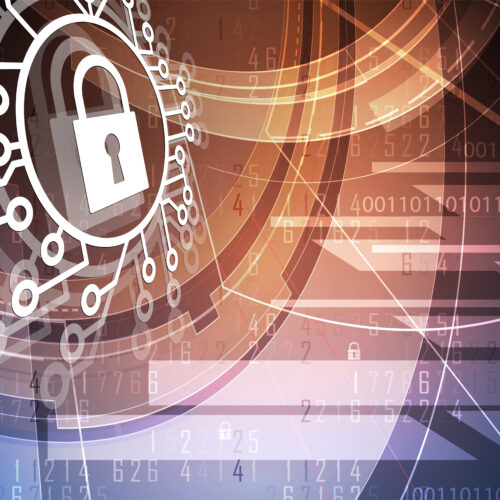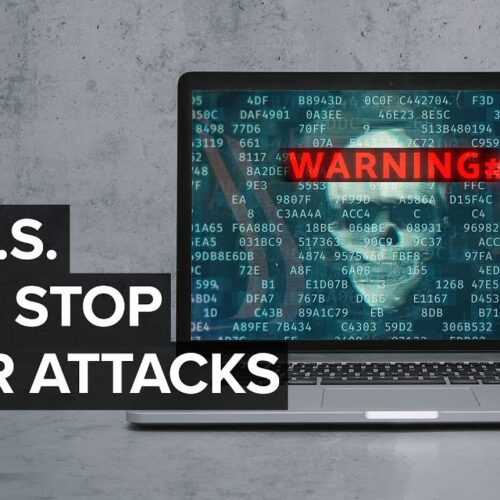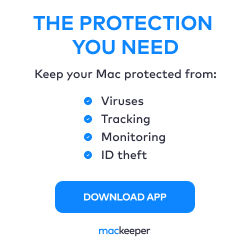Cybersecurity threats are important issue for individuals, businesses, and organizations of all sizes. With increasing reliance on technology and the Internet in our everyday lives, it is essential that we are aware of the different cyber threats that exist, and how to defend our computer networks against them. There several forms of cyber attacks, and in this article we discuss strategies of threat prevention:
- Malware: Malware is an abbreviation of malicious software, referring to any piece of software designed to damage or exploit a computer system. There are different types of malware, including viruses, worms, trojan horses, and ransomware. Ransomware attacks for example, can be delivered via email attachments, web links, or downloads, and it can do major damage to your system, including stealing confidential information, deleting files, or making your system unusable. To defend against malware, it is important to keep your operating system and anti-virus software up-to-date, avoid opening suspicious emails or links, and download software only from trusted sources.
- Phishing Attacks: Phishing attacks are a common computer threat where malicious actors try to trick you into disclosing sensitive information, like your login credentials or financial data, by pretending to be a legitimate organization. These cybersecurity attacks may take the form of emails, texts, or telephone calls, and they typically use urgent or threatening language in an effort to convince you to take action quickly. To defend against phishing attacks, adopt a zero trust model in your network security and be wary of any unsolicited communications. Do not give out personal information unless you are sure about the identity of the person or organization asking for it.
- Unsecured Wi-Fi networks: Public Wi-Fi networks, like the ones found at coffee shops or airports, can pose a risk since they are usually unprotected and easily accessible by anyone. If you connect to an unsecured Wi-Fi network, your private information and data could be potentially accessible to others on the network. To protect yourself on public Wi-Fi networks, use a virtual private network (VPN) to encrypt your data, and use a firewall to block unauthorized access to your devices.
- Weak or easy-to-guess passwords: Using weak or easy-to-guess passwords is one of the most common mistakes that people make when it comes to cybersecurity. Hackers can easily guess plain-text passwords using password-cracking tools, which is why it is essential that you use strong, unique passwords for all your accounts. A strong password should be at least 8 characters long, and includes a mix of letters, numbers, and special characters. You should also use different passwords for each of your accounts, so that hackers cannot log into all your accounts if they are able to compromise one.
- Unsecured devices: Any device connected to the Internet, including laptops, smartphones, and tablets, could potentially become a target for hackers. To mitigate this cyber risk, it is important to keep them updated with the latest security software and security patches, use a firewall to block unauthorized access, and use anti-virus software to help defend against malware. You should also be careful with information that you store on your devices and websites that you visit, so that sensitive information is not exposed.
By being aware of these common cybersecurity threats and taking steps to defend yourself, you can greatly lower the risk that you will be a victim of a cyber attack. Remember to keep software and security measures up-to-date, to be wary of any unsolicited communications, use complex, unique passwords, and take steps to secure your devices.







